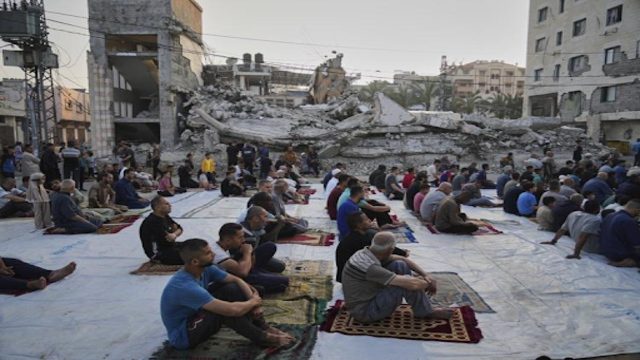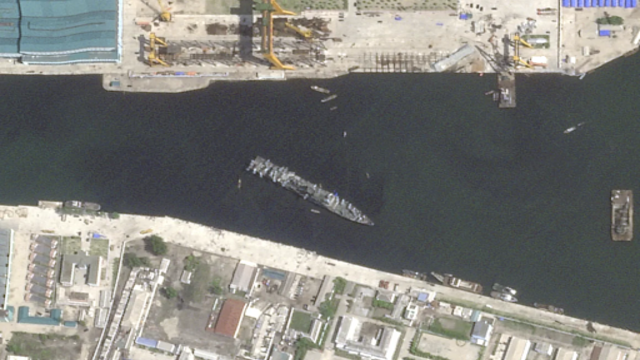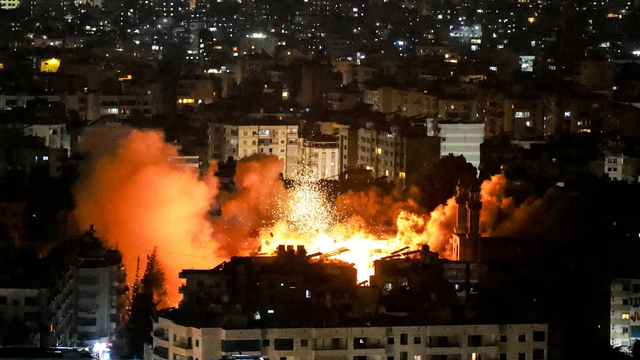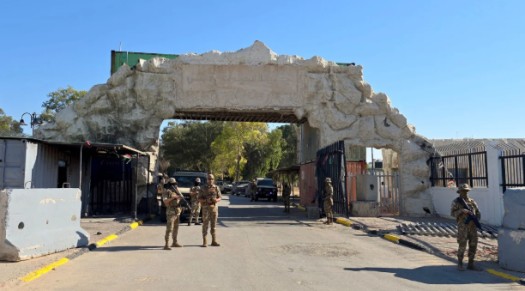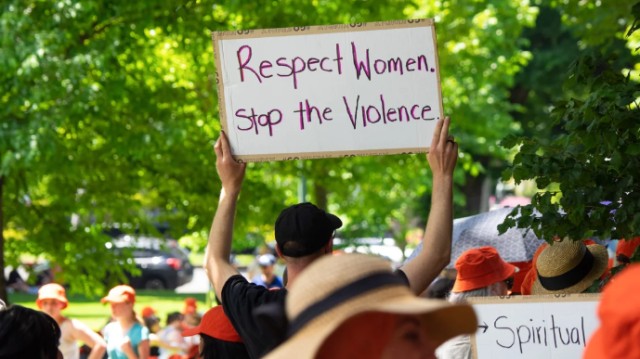
Saifullah Khalid is accused of launching several terror attacks in India
Razaullah Nizamani Khalid, also known as Abu Saifullah, one of Lashkar-e-Taiba’s (LeT) top operatives, has been gunned down in Pakistan. He was attacked and killed by unidentified assailants in the Sindh province, according to a report released on Sunday. Khalid had long been on India’s radar for masterminding some of the deadliest terror attacks on Indian soil.
Mastermind of Major Terror Strikes in India
Razaullah Nizamani Khalid had a notorious history. Between 2001 and 2006, he planned and executed three major terror strikes in India. These deadly assaults included:
The CRPF camp attack in Rampur (2001)
The Indian Science Congress bombing in Bengaluru (2005)
The attack on the RSS headquarters in Nagpur (2006)
These operations left many Indian citizens dead and marked a sharp rise in LeT's terror activities in India.
Lived in Hiding Under a False Identity
After the 2006 attack, Khalid reportedly vanished from Indian intelligence radar. He resurfaced in Nepal under the fake name “Vinode Kumar.” Living discreetly, he even married a woman named Nagma Banu. Sources suggest he continued to coordinate LeT activities from Nepal, maintaining a low profile while managing recruitment and logistics for the group.
A Strategic Move to Pakistan’s Sindh Province
In recent years, Razaullah Nizamani relocated to Matli in Pakistan’s Badin district. Despite his known links to terrorism, reports say the Pakistani government had assigned him security. Even with state-backed protection, he was ambushed and shot dead near a crossing in Sindh.
Continued Ties with LeT and Jamaat-ud-Dawa
While in Sindh, Khalid remained active in LeT’s operations and also worked with its front organisation, Jamaat-ud-Dawa. His role in the region focused on recruitment and raising funds for future terror plots. The LeT, which is led by Hafiz Saeed and headquartered in Muridke near Lahore, has long been accused of using Pakistan as a base to launch attacks in India.
Let’s Roots and Role in South Asia’s Terror Network
Lashkar-e-Taiba was formed in 1990 in Afghanistan's Kunar province. Its first known infiltration into India took place in 1993, when terrorists crossed the Line of Control into Jammu and Kashmir. These operations were often coordinated with other extremist groups like the Islami Inquilabi Mahaz.
Unanswered Questions Around His Death
Despite heavy security and support, Khalid was fatally shot in broad daylight. The identity of his attackers remains unknown. His killing has raised several questions about internal rifts, possible intelligence leaks, or power struggles within the terror network.
India Remains Alert Amid Changing Terror Dynamics
The killing of a top Lashkar-e-Taiba terrorist like Razaullah Nizamani could shake LeT’s leadership chain. However, Indian security agencies continue to monitor developments. The incident also underscores how deeply entrenched terror networks operate under false identities and with transnational support.
Conclusion: A Blow to LeT but the Threat Persists
The elimination of Razaullah Nizamani Khalid is a significant blow to Lashkar-e-Taiba’s top command. Yet, it also signals the complexity of South Asia’s terror landscape. While one key figure is gone, the machinery behind such attacks remains active. India continues to stay vigilant in the face of ongoing cross-border threats.



